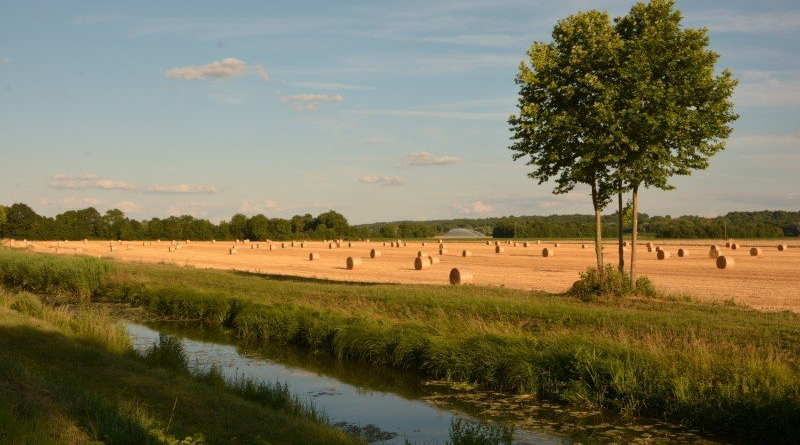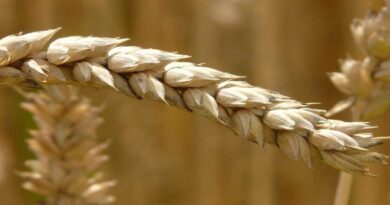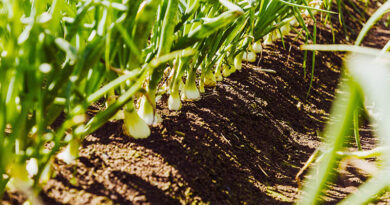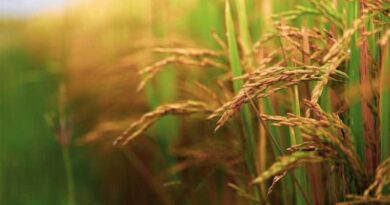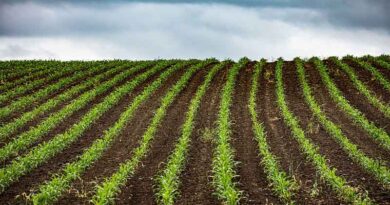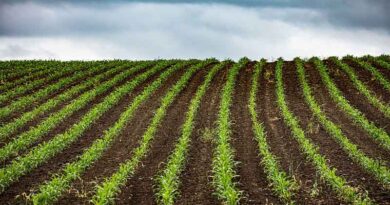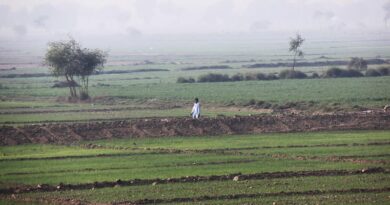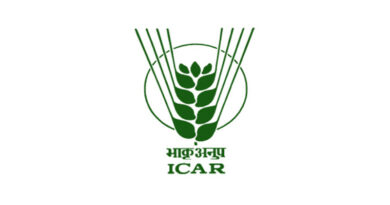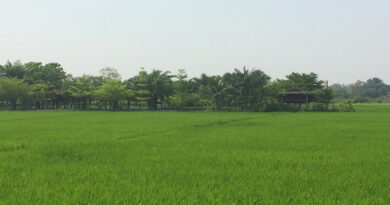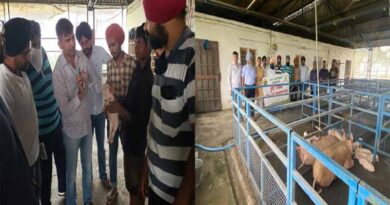Hisar Has Developed Disease Resistant Variety Of Pea HFP-1428 For Grain
22 December 2020, Chandigarh, IN: Chaudhary Charan Singh Haryana Agricultural University, Hisar has developed disease resistant variety of Pea HFP-1428 for grain. The variety is developed by the scientists of the Pulses section of Department of Genetics and Plant Breeding of the Agriculture College.
Also Read: PGG Wrightson Seeds to Distribute Marrone Bio Innovations’ Pro Farm UBP Seed Treatment in Uruguay
The above variety is notified and is released by the ‘Crop Standards, Notification and Approval Central Sub-Committee’ of the Department of Agriculture and Co-operation, Ministry of Agriculture and Farmers Welfare, Government of India, New Delhi.
Sharing more details, Director of Research Dr. S.K. Sehrawat said that the HFP-1428 variety of Pea sown in Rabi is released for cultivation in irrigated areas of the northwestern plains zone of India, including the plain zone of Jammu and Kashmir, Punjab, Haryana, Delhi, Rajasthan, Western Uttar Pradesh and Uttarakhand.
He informed that this variety is developed by the team of scientists of Pulses Section of the Department of Genetics and Plant Breeding of the university namely Dr. Rajesh Yadav, Dr. Ravika, Dr. Naresh Kumar and Dr. A.K. Chhabra, Dr. Ramdhan Jat, Dr. Tarun Verma and Dr. Promil Kapoor.
Vice-Chancellor of the University, Professor Samar Singh congratulated the scientists for this achievement and called for continuous efforts in future as well.
Dr. S.K. Sehrawat further informed that the specialty of this variety is that its crop is ready for ripening in a short period (about 123 days). It is a dwarf variety with green leaflets and white flowers and its grains are yellow-white (cream) colored medium size and slightly wrinkled and light cylindrical. Its plants grow directly, so the beans do not fall after planting, which does not reduce its productivity and also makes harvesting easier.
He said that the average yield is estimated at 26-28 quintal per hectare and maximum yield up to 40 quintal per hectare. This variety is resistant to diseases such as white churni, ascocyta blight and root rot and it also reduces rust outbreaks. Apart from this, the effect of aphid like sap, pest and pod borer pests in this variety is much less than the earlier varieties.
Photo on Visualhunt

